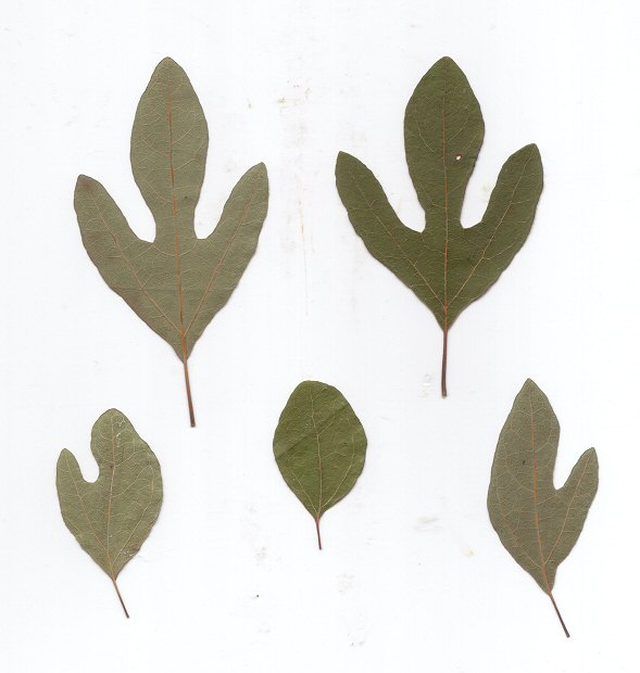Bulbs
Flower Basics
Flower Beds & Specialty Gardens
Flower Garden
Garden Furniture
Garden Gnomes
Garden Seeds
Garden Sheds
Garden Statues
Garden Tools & Supplies
Gardening Basics
Green & Organic
Groundcovers & Vines
Growing Annuals
Growing Basil
Growing Beans
Growing Berries
Growing Blueberries
Growing Cactus
Growing Corn
Growing Cotton
Growing Edibles
Growing Flowers
Growing Garlic
Growing Grapes
Growing Grass
Growing Herbs
Growing Jasmine
Growing Mint
Growing Mushrooms
Orchids
Growing Peanuts
Growing Perennials
Growing Plants
Growing Rosemary
Growing Roses
Growing Strawberries
Growing Sunflowers
Growing Thyme
Growing Tomatoes
Growing Tulips
Growing Vegetables
Herb Basics
Herb Garden
Indoor Growing
Landscaping Basics
Landscaping Patios
Landscaping Plants
Landscaping Shrubs
Landscaping Trees
Landscaping Walks & Pathways
Lawn Basics
Lawn Maintenance
Lawn Mowers
Lawn Ornaments
Lawn Planting
Lawn Tools
Outdoor Growing
Overall Landscape Planning
Pests, Weeds & Problems
Plant Basics
Rock Garden
Rose Garden
Shrubs
Soil
Specialty Gardens
Trees
Vegetable Garden
Yard Maintenance
How to Identify Sassafras
How to Identify Sassafras. Many people – city-dwellers especially – often pass by their local flora without a second glance. Sassafras, however, requires not just recognition, but appreciation. This common plant, along with its distinct aroma, has often been used as the primary ingredient in various teas and perfumes. And even when...

Many people – city-dwellers especially – often pass by their local flora without a second glance. Sassafras, however, requires not just recognition, but appreciation. This common plant, along with its distinct aroma, has often been used as the primary ingredient in various teas and perfumes. And even when plucked straight off the branch, it can provide a welcome, pleasant odor after a long, hard day.
Think about whether sassafras grows in your area. It is common throughout the eastern United States and stretches as far west as Missouri and as far south as Louisiana.
Note the season. In the spring, the tree grows small, lemon-yellow flowers, which are followed by oval, half-inch blue fruits. In the winter, the bare branches will extend outward horizontally, their tips swollen and rounded and turned upwards like fingers on an open palm.
Pay special attention to the leaves: Sassafras leaves come in a few distinctive shapes, and all of those types can be found on one tree. The leaves can be elliptical, but most distinctive is the variety with two lobes on one side, separated by a single recess; it will resemble a mitten. Leaves can also come with three lobes and symmetrical recesses.
Crush one of the leaves in your hand. Take a good whiff: it may smell remarkably like Fruit Loops. This odor, in conjunction with the other characteristics, mark the leaf as sassafras.
Tips & Warnings
The smell of sassafras is distinctive enough that it has often been used in teas and perfumes.